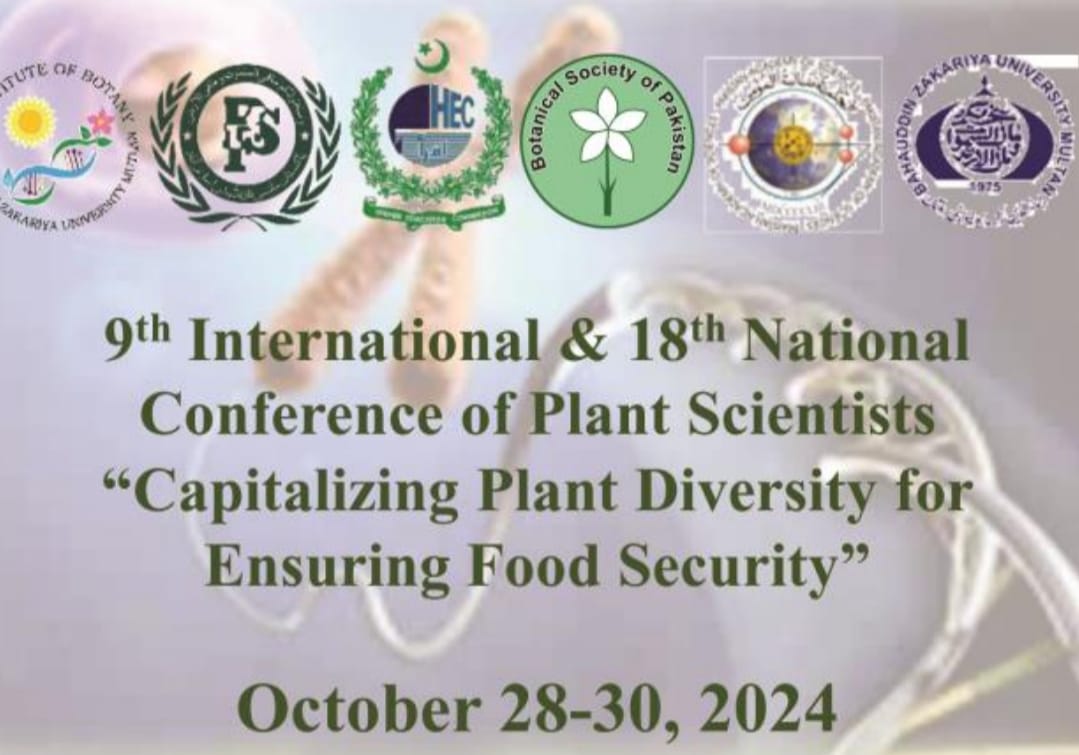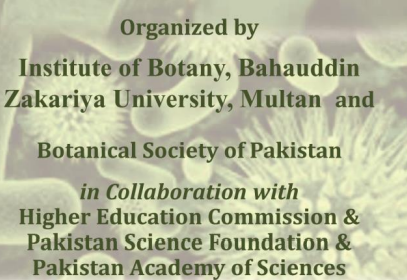-
-
-
-
-
-
-
-
-
-
-
-
-
-
-
-
-
-
-
-
-
-
-
-
-
-
-
-
-
-
-
-
-
-
-
-
-
ANDRÉ LUIZ GOLLO1, ANDRÉ LUÍS LOPES DA SILVA1, KHIOMARA KHÉMELI DELLANI DE LIMA1, JEFFERSON DA LUZ COSTA2, MARCELA CÂNDIDO CAMARA1, LUIZ ANTONIO BIASI3, CRISTINE RODRIGUES1, LUCIANA PORTO DE SOUZA VANDENBERGHE1, VANETE THOMAZ SOCCOL1 AND CARLOS RICARDO SO
DEVELOPING A PLANT CULTURE MEDIUM COMPOSED OF VINASSE ORIGINATING FROM HAEMATOCOCCUS PLUVIALIS CULTURE
Download PDF
-
-
-
-
-
-
-
-
-
-
-
-
-
-
-


